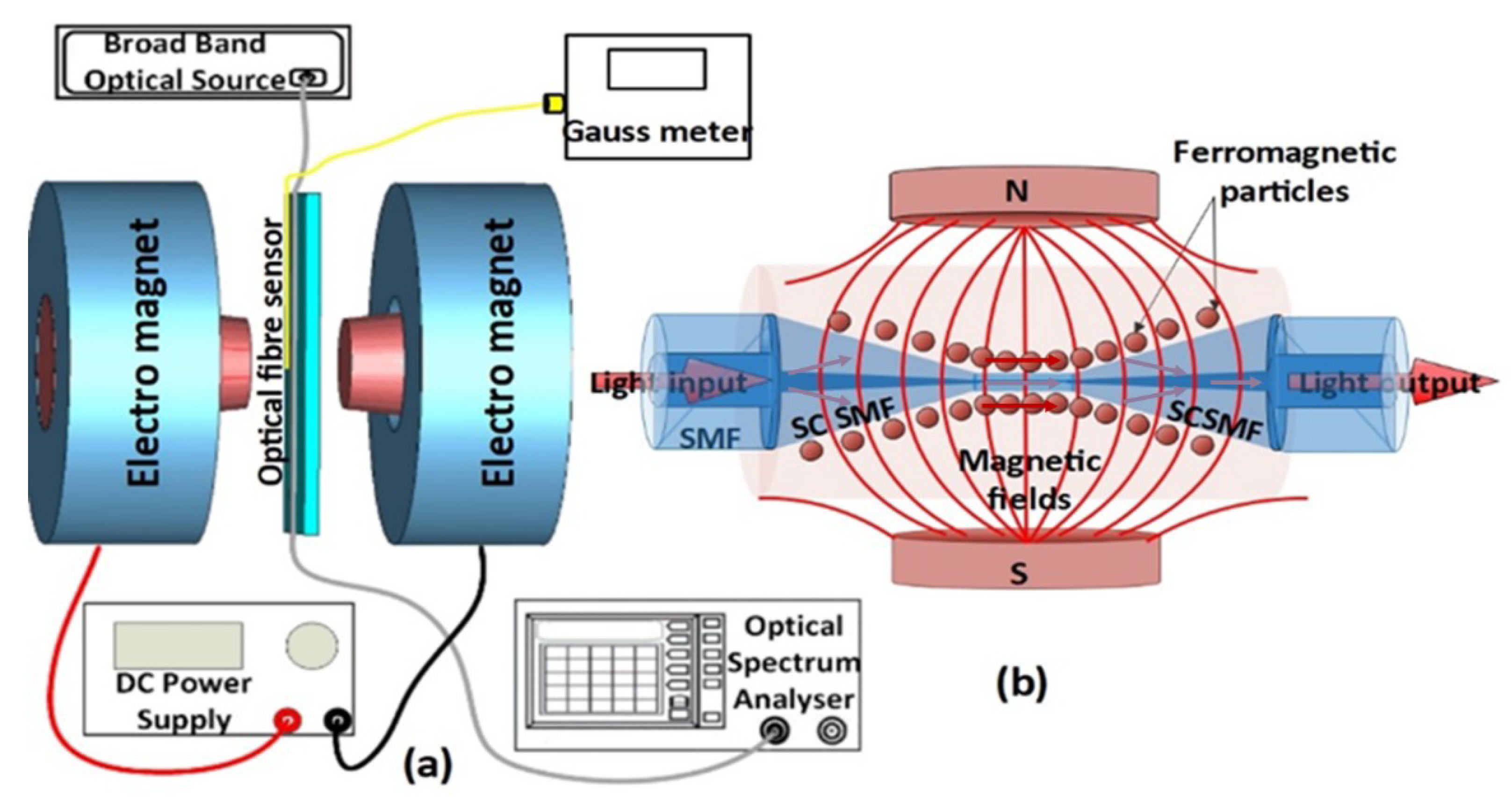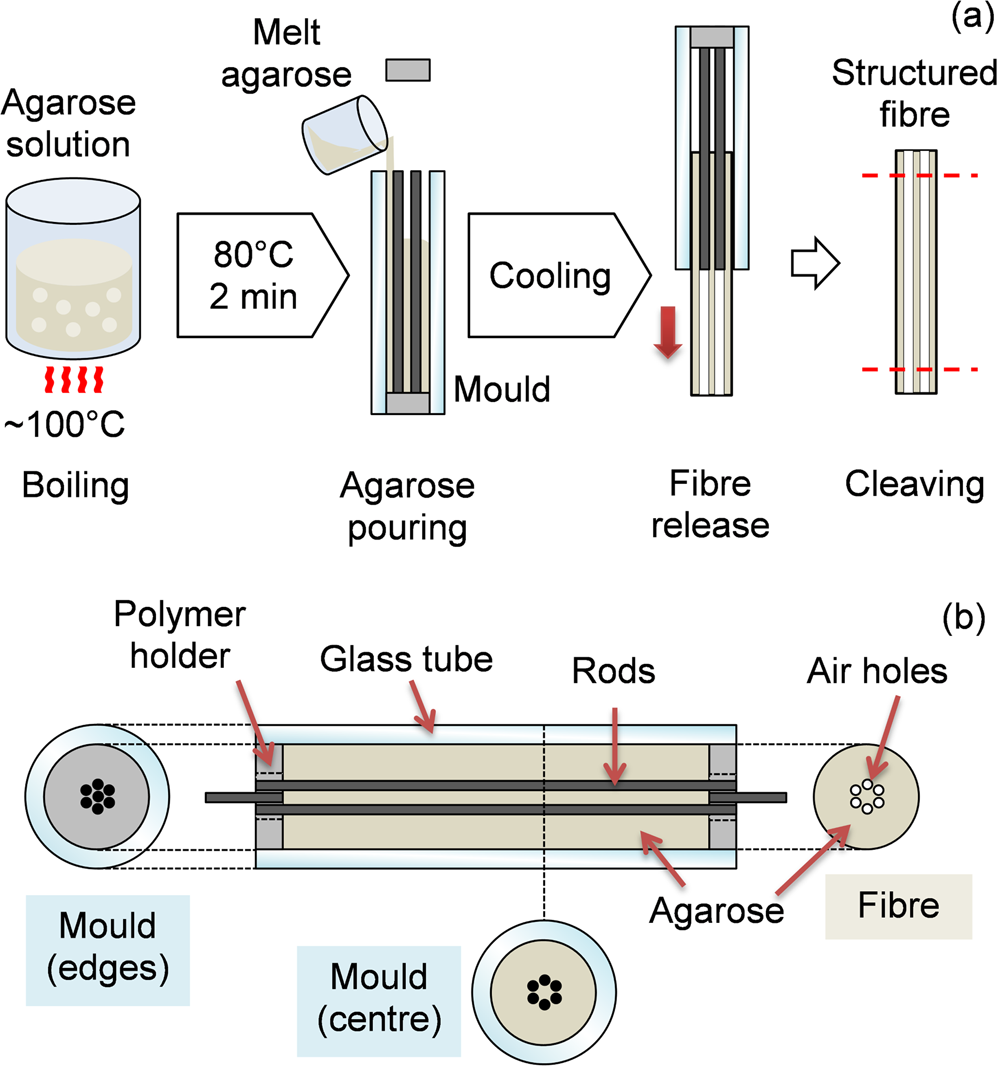Top-Rated Optical Fibre Diameter Analyser for Industrial Applications
Top-Rated Optical Fibre Diameter Analyser for Industrial Applications
Blog Article
Enhance Your Fibre Optic Projects With a Reliable Size Analyser
The combination of a reliable size analyser into fiber optic jobs works as an essential component in achieving accuracy and uniformity. By promoting precise diameter measurements, these analysers not only improve the top quality of setups but additionally alleviate prospective compatibility problems amongst elements. Moreover, the sophisticated abilities of contemporary analysers enhance information collection and quality control procedures. As we discover the vital functions and advantages of these devices, it comes to be obvious just how they can transform project end results and guarantee adherence to market standards. What remains to be reviewed is just how to efficiently execute these analysers in your existing workflows.
Value of Diameter Dimension
Gauging the size of fibre optic cables is a vital job that makes sure ideal performance and reliability in communication systems. Accurate size dimension is crucial for numerous factors, largely for preserving signal stability and lessening loss. A cable's diameter directly affects its ability to transmit light efficiently; deviations from the specified size can cause enhanced attenuation, which affects the general performance of the network.
Moreover, exact measurement is crucial throughout the setup and maintenance of fiber optic systems. An incorrect fit between cable televisions and connectors can cause signal deterioration or total failing of communication web links. By making sure that diameters are within specified resistances, professionals can boost compatibility between elements, leading to better system dependability.
Additionally, size measurement plays a substantial function in quality assurance during production. Consistency in the size of fibre optic wires is important for making sure uniform performance throughout different sets. optical fibre diameter analyser. This consistency aids makers maintain market standards and promotes confidence amongst end-users
Features of an Effective Analyser
An efficient analyser for fiber optic tasks must include several essential features that improve precision and usability in size dimension. First of all, high-resolution optical sensing units are crucial for accurate size readings, allowing customers to discover even the smallest variants in fiber thickness. These sensors must be complemented by sophisticated calibration systems, making certain consistent performance across various problems and materials.
Second of all, a straightforward interface is important for promoting convenience of procedure. This consists of intuitive software application that enables smooth data input and result, in addition to visual representations of the measurements taken. A portable style boosts use in numerous area environments, making it simpler to carry out evaluations on-site.
In addition, the analyser must sustain numerous dimension modes, fitting various fibre types and applications. The capacity to shop and fetch historic information is one more essential attribute, permitting customers to track performance in time and make informed decisions.
Benefits for Fiber Optic Projects
Carrying out a size analyser in fibre optic projects supplies substantial advantages that substantially boost job efficiency and quality. Among the key benefits is the capability to ensure specific dimensions of fibre size, which is important for preserving ideal performance in fiber optic systems. Precise diameter analyses aid in the identification of incongruities that might lead to signal degradation or loss, therefore guaranteeing top notch transmission.
Furthermore, making use of a size analyser enhances the top quality control procedure. By automating measurement tasks, task teams can reduce the time invested in manual inspections, bring about faster project conclusion and decreased labour expenses. This efficiency also permits more strenuous testing methods, leading to improved item reliability.
In addition, consistency in fiber size measurements advertises compatibility with other fibre optic elements, minimizing the danger of installment mistakes and enhancing total system performance. The consolidation of a size analyser not just aids in preserving market criteria but additionally fosters self-confidence in project deliverables.
Combination Into Existing Workflows
Incorporating a diameter analyser into existing operations can considerably boost the operational performance of fiber optic jobs. By perfectly integrating this technology, teams can accomplish specific dimensions that are essential to maintaining the honesty and performance of fibre optic systems. This integration permits real-time data collection and analysis, which can be important throughout the production and installation phases.
Additionally, the ability to automate size dimension procedures lowers the capacity for human error, ensuring consistent quality assurance throughout the project lifecycle. The data produced can be conveniently shared across systems, assisting in cooperation amongst designers, technicians, and task managers. This availability boosts decision-making and increases job timelines.

Choosing the Right Size Analyser
When choosing a size analyser for fiber optic jobs, it is vital to think about a number of crucial elements that directly effect measurement accuracy and operational performance. The resolution and precision of the analyser ought to my blog align with the details demands of your task. Greater resolution instruments can spot minute variations in size, which is critical for making certain ideal performance in fibre optic systems.
Following, evaluate the speed of dimension. For jobs with tight target dates, a diameter analyser that uses quick data purchase can substantially boost efficiency. In addition, consider the analyser's compatibility with existing systems and software application. A seamless combination lowers setup time and minimizes interruptions throughout procedures.
One more crucial variable is the array of sizes the analyser can accommodate. By meticulously examining these elements, you can pick a size analyser that boosts the performance and accuracy of your fibre optic tasks.
Conclusion
To conclude, the combination of an efficient size analyser is extremely important for improving fibre optic tasks. Accurate size measurements make sure optimal efficiency and reliability reference while decreasing setup errors. Advanced functions facilitate real-time information collection and compliance with industry criteria, eventually boosting the top quality of deliverables. By prioritizing the option and implementation of a proper analyser, project effectiveness is significantly boosted, paving the method for effective results in fiber optic applications.
A cable's diameter straight affects its ability to transfer light properly; deviations from the specified size can lead to increased attenuation, which influences the overall performance of the network.

Report this page